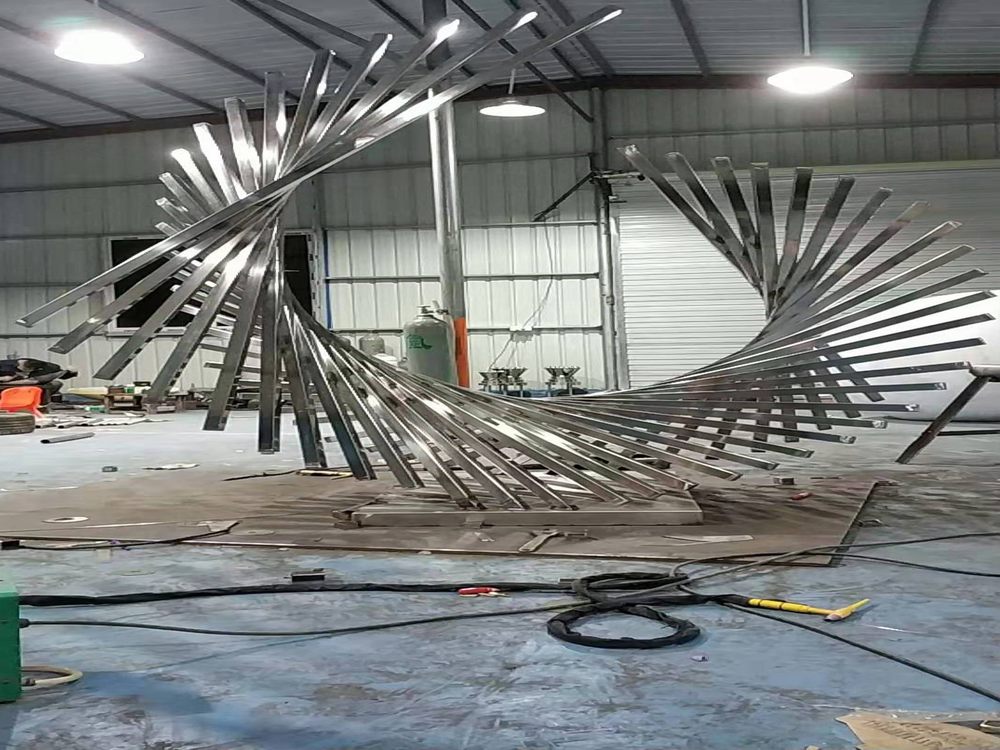
Porcelain sculptures hold a revered place in the world of ceramic art, but their artistic value varies significantly between serial (mass-produced) and one-of-a-kind pieces. Understanding these differences helps collectors and enthusiasts appreciate their distinct merits.
1. Uniqueness and Exclusivity
One-of-a-kind porcelain sculptures are handcrafted individually, often bearing the artist’s personal touch, imperfections, and creative spontaneity. Their rarity elevates their artistic and monetary value, making them coveted by collectors. In contrast, serial sculptures, while consistent in quality, lack this exclusivity, as they are replicated in limited or large batches.
2. Artistic Expression and Craftsmanship
Unique pieces showcase an artist’s unrestrained vision, with intricate details and experimental techniques. Serial sculptures prioritize uniformity, often sacrificing individuality for reproducibility. While some serial works maintain high craftsmanship, they rarely capture the raw creativity of singular creations.
3. Cultural and Historical Significance
One-of-a-kind sculptures often reflect the zeitgeist of their creation, embodying cultural narratives or the artist’s evolving style. Serial pieces, though sometimes iconic, are more commercial, designed for broader appeal rather than deep artistic commentary.
4. Market Perception and Collectibility
Collectors prize unique porcelain for its irreplaceability, driving higher auction prices and long-term value. Serial sculptures, while accessible, typically appreciate more slowly unless tied to renowned artists or historical periods.
Ultimately, the choice between serial and one-of-a-kind porcelain depends on personal preference—whether one values affordability and consistency or the irreplicable allure of a singular masterpiece.

